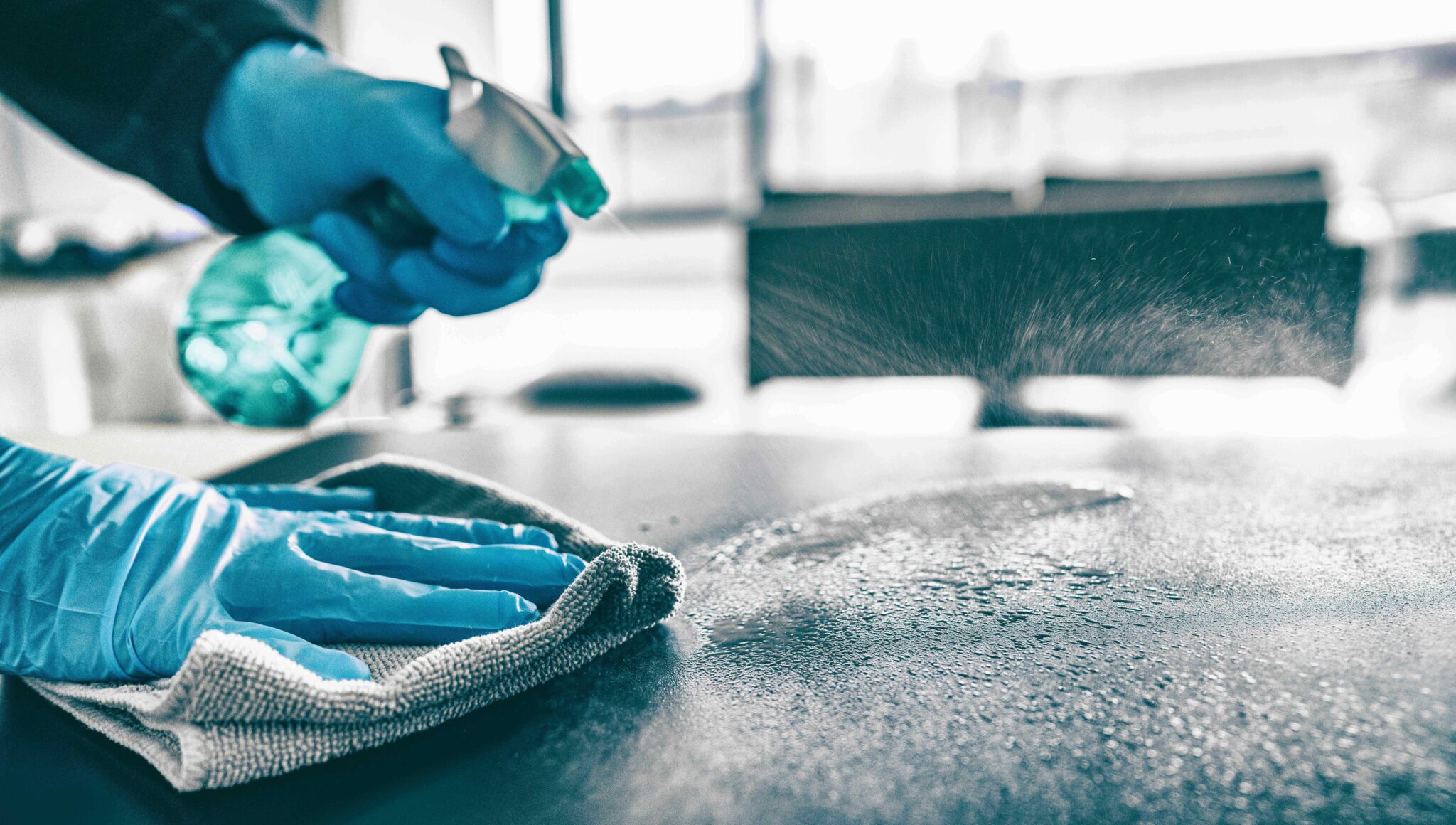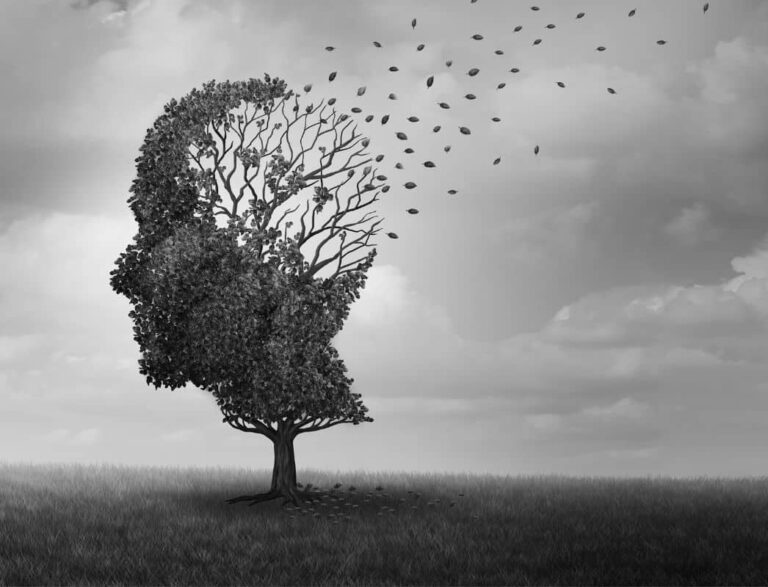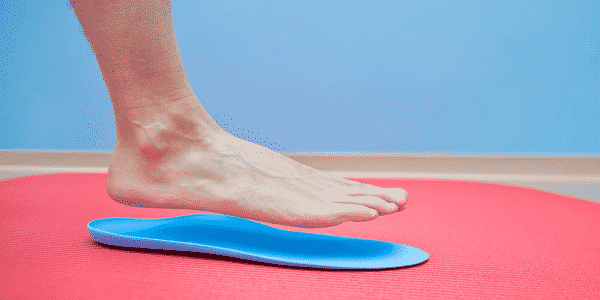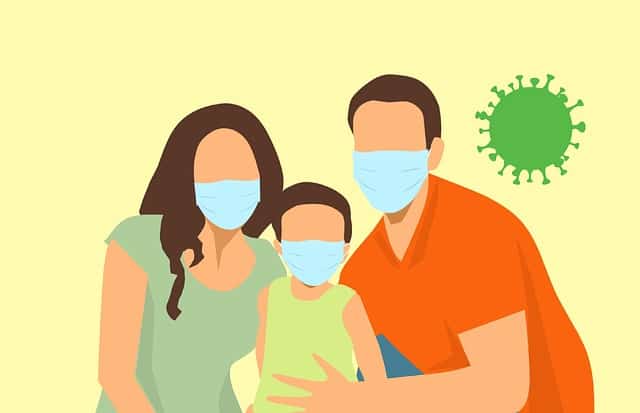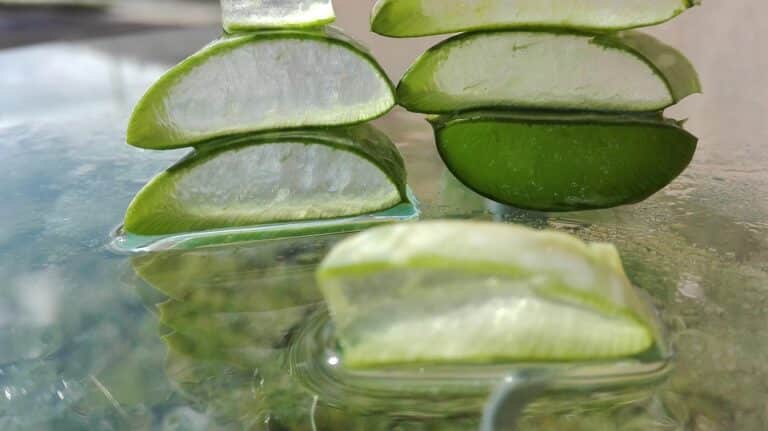COVID-19 Surfaces: Where it Lives-How to Keep Safe
With everyone on lockdown and social distancing, the internet is buzzing with sites speculating about how it’s spread, what surfaces COVID-19 survives on, and how long. Today, we’ll sort through the muck and see exactly what the experts are saying. We want you to have the most up to date data.
According to the CDC, the Coronavirus (COVID-19) spreads most often within six feet. It spreads through droplets in the air from coughing or sneezing. Even a persons breath carries a good amount of liquid. We wear masks to help reduce that transmission, especially if we are potentially sick so we don’t get other people infected either.
Survival in Different Conditions
Air – It is unknown how long it can float around in the air. Outside it would defuse much quicker because of the air currents that sweep it away. The Coronavirus is covered with spikes making it particularly nasty as it latches on in the lungs.
Hot humid – Many countries in the southern hemisphere have had a slower spread. Experts speculate this might be due to it being summer. It’s possible but none conclusive. This study by MIT explains more.
Hot dry – Not conclusive. It is still very early in the pandemic to make any assumptions. This study published by Science of the Total Environment expands upon this.
Cold humid – More indoor conditions are likely to increase opportunities to catch the virus. There is no evidence to suggest cold/humid climates slow down the spread.
Cold dry – Same as cold humid. No data to suggest slow transmission at this temperature. More data is needed.
COVID-19 Surfaces:
Wood – According to WebMD, the virus can live on wood like tables and decks for 4 days
Metal- Surfaces like pots, door handles, and jewelry it can survive 5 days.
Fabric – There is no hard evidence as of today how long Coronavirus lives on fabrics but it’s safe to assume at least 72 hours.
- Washing Fabrics: it’s good practice especially if you’re going out into large public spaces to wash your clothing frequently. Any time you might have been exposed, make sure you wash it on the hot setting. Coronavirus dies at 133°F so a hot washer and sanitize cycle in the dryer should be enough.
Plastic – Lasts for up to 2 to 3 days. This study by UCLA goes into greater depth on the subject.
Cardboard – Lasts up to 72 hours on cardboard surfaces. This Study by New England Journal of Medicine goes into more detail.
Note – Sanitize surfaces COVID-19 could be on frequently.
Wash hands
I know it’s been said many times before but to reiterate, washing hands is one of the most effective ways to stop the spread. Germs/viruses get on our clothing when we cough or sneeze. People touch things at grocery stores and given how long it lasts on surfaces, it’s important to be extra careful where our hands touch.
- Use automatic doors when possible
- Don’t touch unnecessary goods at the store
- Use a debit/credit card when possible, changes gets contaminated.
- Stay 6 feet away when waiting in lines.
- Sanitize touchscreens( phone, computers…) before use.
- Cough into your sleeve and wear a face mask in public.
- Wash your hands after you get home or touch surfaces, COVID-19 gets worse if we don’t pay attention.
- Avoid touching face, rubbing eyes, and mouth until after your hands are thoroughly washed.
Soap and Hot Water Destroy the Virus
Here’s How it Works –
According to CNN health the outer layer of the coronavirus is covered in compounds called lipids that are essentially fat. Soap washes away oils and fats on the skin by dissolving them. This breaks apart viruses and other germs. The more suds you create, the better the chemical break down is.
The proper way to wash hands:
- Turn on the hot water (at least 120°) and apply soap
- Lather for 20 seconds( 2 rounds of happy birthday)
- – Be sure to get between fingers and under fingernails, as bacteria likes to hide here.
- Rinse hands completely
- Use a disposable towel or hot air dryer to dry
- – Use the drier before shutting off the water. The handle on the faucet must be shut off with a paper towel to limit exposure with the dirty surface.
In conclusion…
More people are adhering to social distancing, which is great now that we’ve seen the effect of this pandemic. We can beat it with knowledge and data. As time goes by we get closer to a cure. If you keep vigilant with social distancing and washing our hands appropriately (especially after touching surfaces COVID-19 might be on) it should keep this thing from being much worse. Wear masks out in public not just for your safety but also the safety of your fellow people. We learn, we fight, and we can get back to a better place. Thank be safe and have a great day.
Referenceshttps://www.medrxiv.org/content/10.1101/2020.03.30.20044099v1
https://www.nejm.org/doi/10.1056/NEJMc2004973
https://www.nejm.org/doi/full/10.1056/NEJMc2004973

